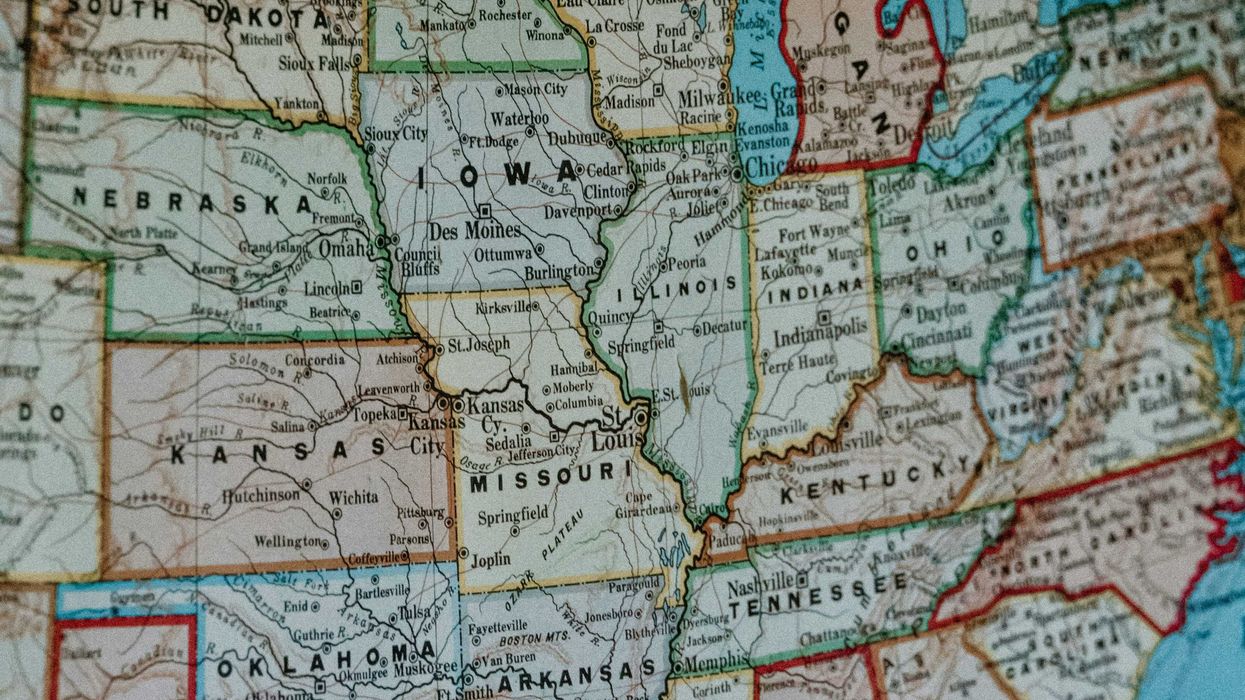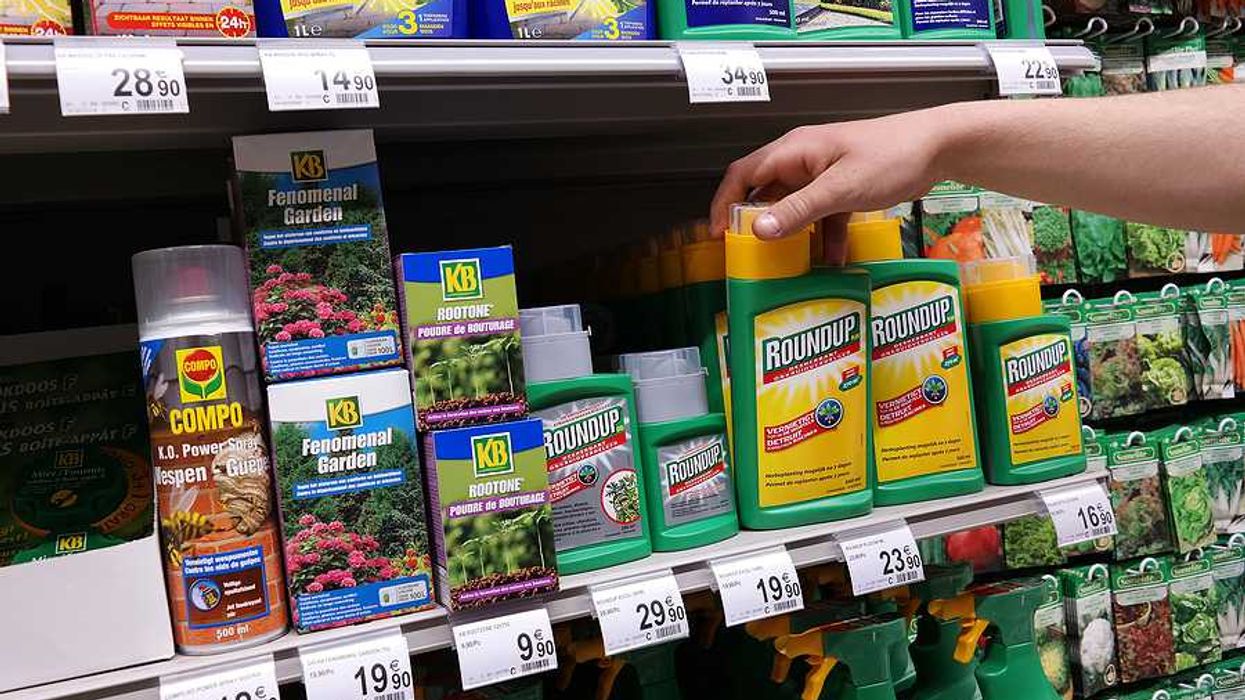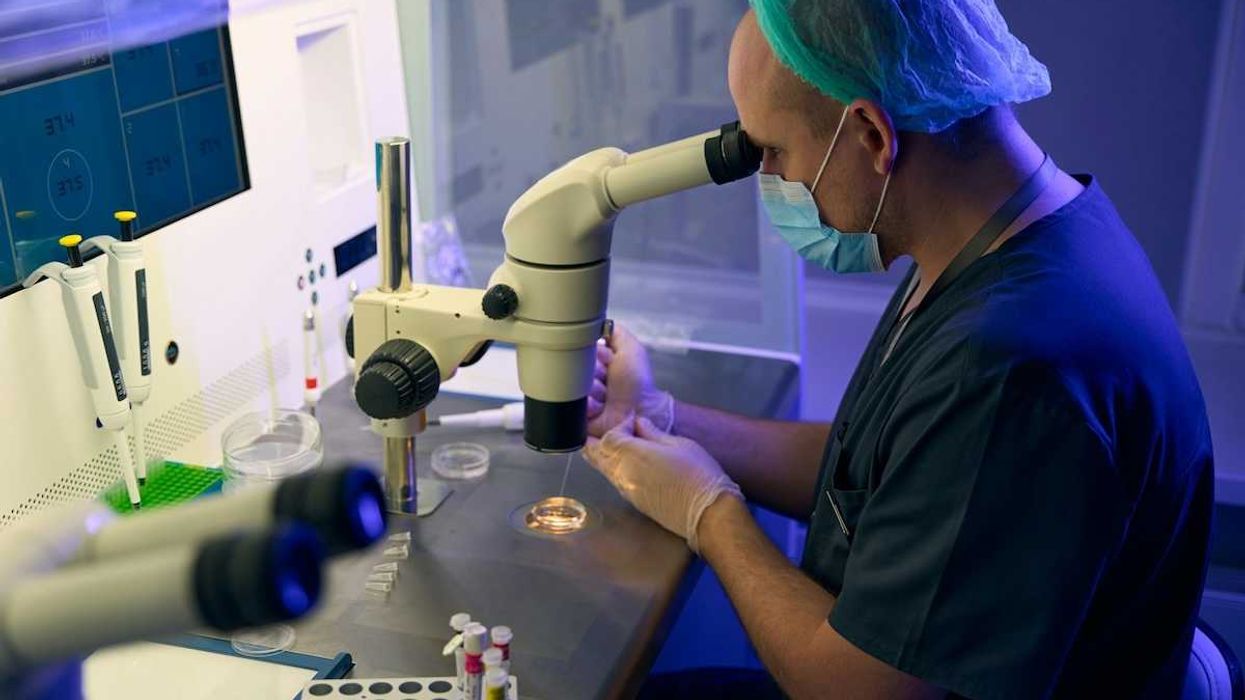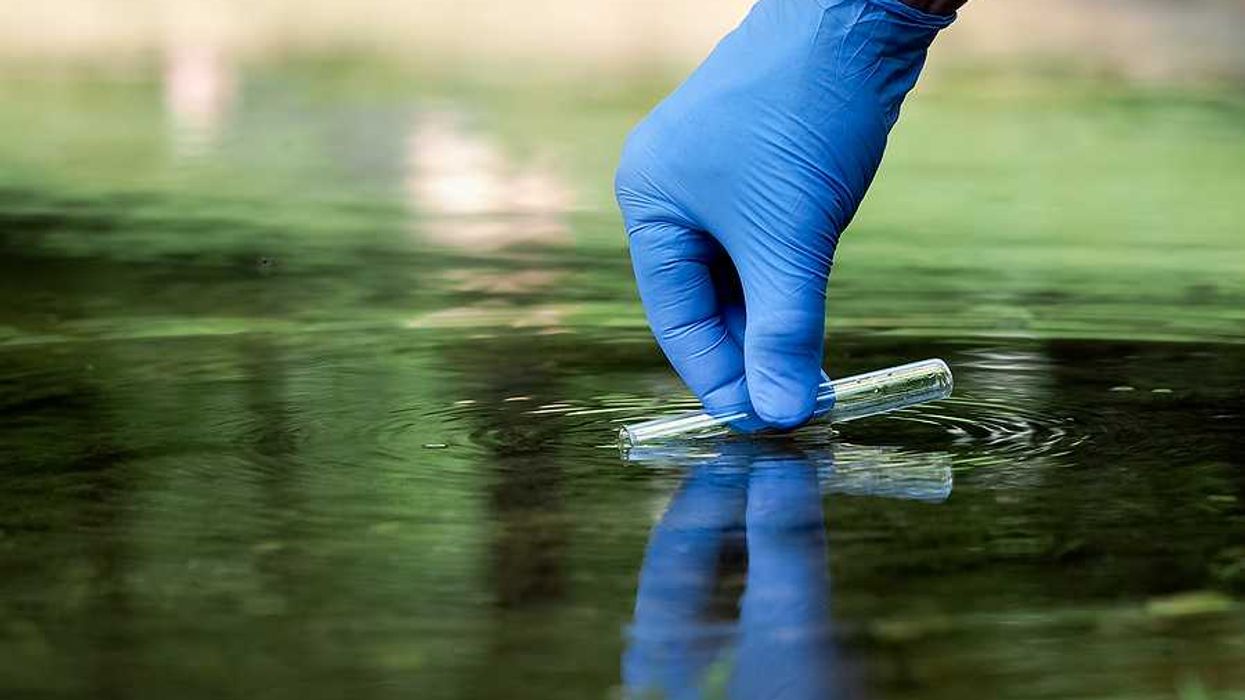Researchers in Maine are investigating how perfluoroalkyl and polyfluoroalkyl substances impact local wildlife.
Penelope Overton reports for the Portland Press Herald.
In short:
- Wildlife biologist Micah Miller is conducting studies on various bird species in Maine to analyze the presence of PFAS in their blood, using common eiders as recent subjects.
- Preliminary findings have shown alarmingly high levels of these chemicals in birds like loons and eagles, particularly near Lovejoy Pond, raising concerns about the broader food chain.
- The ongoing research seeks to understand how PFAS move through the environment, ultimately affecting both animals and humans who share similar diets.
Key quote:
"We eat the same trout and mussels they do, although not in the same proportions. The amount of PFAS found in these birds tells us a lot about the environmental exposure facing us all."
— Micah Miller, wildlife biologist
Why this matters:
Understanding the impact of PFAS on wildlife helps gauge the potential health risks to humans, highlighting the urgent need for regulatory action and further research on these persistent chemicals that infiltrate the food chain. Read more: Just one meal of caught fish per year is a significant dose of PFAS.














